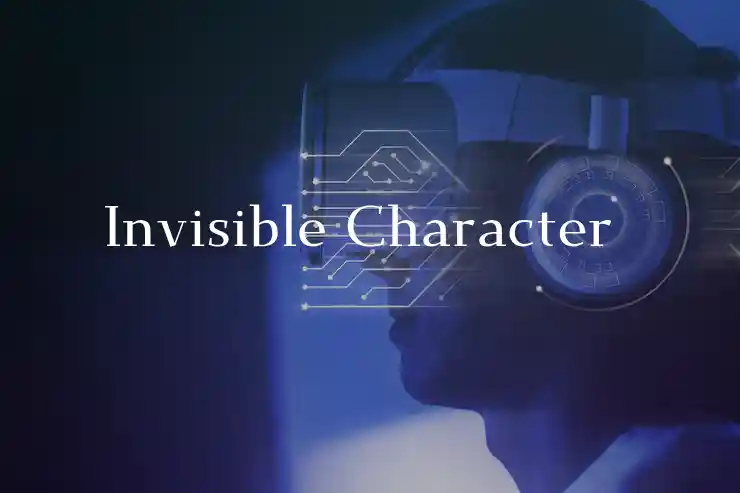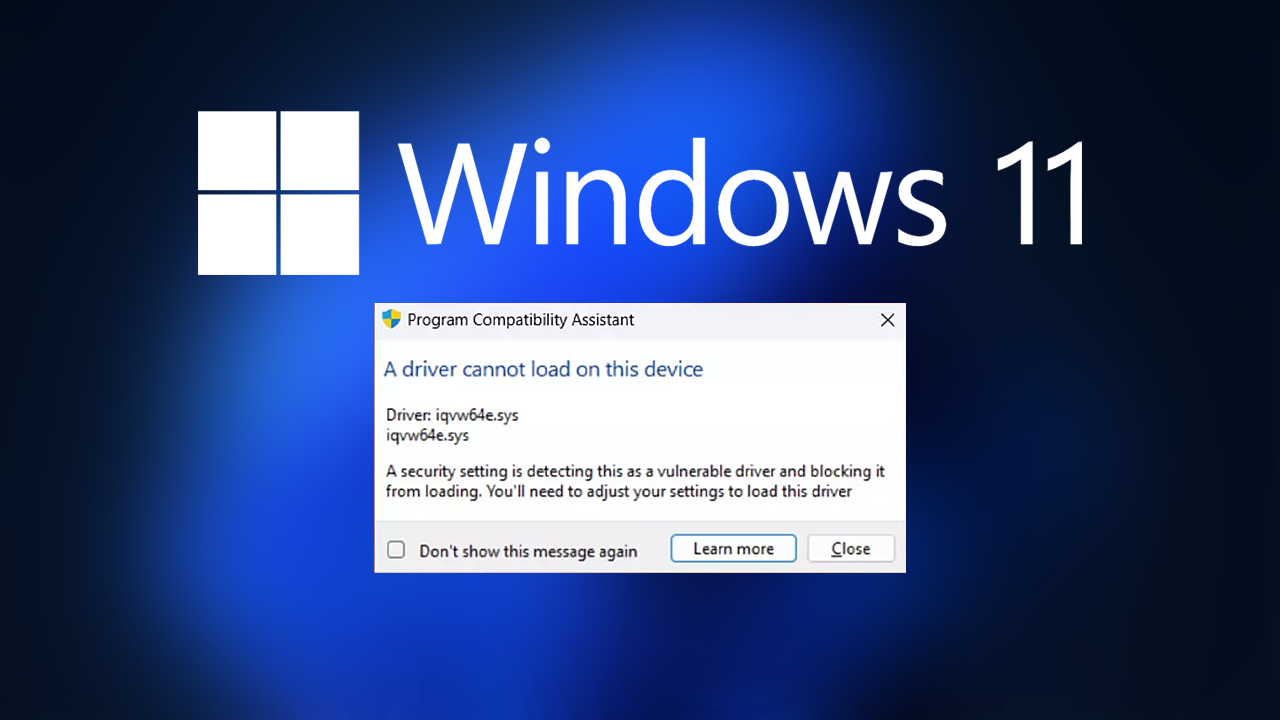Are you familiar with the phrase “invisible character” and wondered the meaning behind it? It’s likely that, you’re unfamiliar with the concept, you’ve seen them on the internet. They’re far more frequent than you believe. The invisible characters play a crucial function in contemporary computing, especially when it comes to text formatting, programming and design. Let’s look at the basics of invisible characters and how they function as well as the reasons they may prove useful for you.
What is an Invisible Character?
Invisible characters, as the title suggests can be defined as a character which isn’t visible on screen. Even though they’re not visible, they are able to hold the place of text in fields, and serve a purpose. They do not have a visual representation, but they are recognized by computers as legitimate characters.
As an example, an invisble character could be utilized to fill in the space of any text string with no visual display. This can be especially useful when designs, programs, or for cutting and pasting text in which formatting must be consistent.
The most common kinds of invisible characters are:
- Spaces, or spaces that are not breaking
- Tabs
- Breaks in lines or return carriage
- Spaces with zero width and non-joiners with zero widths
Why are Invisible Characters Useful?
Invisible characters are essential for many scenarios. Here are a few examples of how they’re commonly utilized as well as clear illustrations to help you understand.
1. Text Formatting
Invisible characters may ensure that text formatting is consistent even when using code or software environments in which spacing is crucial. A non-breaking space () guarantees that words or numbers remain glued to one line (e.g., “PS100 000” does not break in two parts “PS100” on one line and “000” on the next).
2. Coding and Programming
Invisible characters can be used to make specific use when it comes to code. Zero-width spaces (“) is commonly employed to divide characters, without revealing the gap visually, such as to keep an emoji characters from joining with a ligature or particular graphic. In the same way, they are used when making Regex patterns, or when software algorithms based on the fine-grained manipulation of text.
3. Design and Layout
While working with designs tools, or layouts for websites invisible characters aid in controlling space and align. In particular, adding blank spaces allows you to create a layout that is visually pleasing without clogging spaces excessively.
4. Bypassing Character Restrictions
Invisible characters are typically preferred when systems require text input. Some websites don’t permit users to input blank update of status, user names or even profile fields. However, using an invisible character will satisfy the requirements of the system for input while keeping a blank appearance.
5. Preventing Copy-Paste Errors
Did you try copying text from one location to another only to end up without space or in formatting? Invisible characters eliminate these errors because they preserve the original text format regardless of the media.
How to Use Invisible Characters
Once you’ve figured out the invisible characters and what they can do What can you do to begin making use of these characters? Use these actions to make use of them to the fullest extent.
Step 1. Identify the Type of Invisible Character You Need
First, you must choose which invisible character best suits the purpose you’re trying to achieve. In the case of example, if you want a space that will not fall down, select a non-breaking space. If you need a completely invisible separator, a no-width space is the most suitable option.
Step 2. Generate or Insert an Invisible Character
Invisible characters are typically created by copy-paste or shortcuts. Here are a few examples of this:
- Spaces that are not broken (“”) In Windows Hold Alt and type 255 on the pad for numbers. In macOS Press Option + Space`.
- zero-width spaces (“): Google “zero-width space” and copy the characters from a trusted source.
- A zero width non-joiner (“): Utilize the same methods above dependent on the platform you are using or your coding needs.
Step 3. Apply Them in the Appropriate Context
Insert the character you want to be invisible wherever you require it. It could be in the text, in code, or even template designs like applications or websites. Check the effects to make sure the effect is exactly what you want it to be.
Step 4. Use Validation Tools (if Applicable)
In the case of a specific use depending on the use case, software or validation tools will confirm whether the invisble character has been correctly located. In particular, some editors for text will display icons or symbols for invisible characters which makes them easy to recognize and alter when needed.
Can Invisible Characters Cause Problems?
Although invisible characters can be extremely useful, they may result in problems when used in a way that is correct:
- Debugging Problems Unintentional invisible characters within code could break functions and cause long hours of debugging.
- Unwanted formatting Text copied using hidden formatting, or spaces may cause layout problems unintentionally.
To prevent these issues, always be aware to avoid adding characters that are invisible and utilize tools such as “show hidden marks” in text editors.
Final Thoughts
The invisible characters may seem unimportant at first. However, they’re effective tools to format code, design, and formatting. If you understand their purpose and capabilities, you are able to utilize their capabilities to improve processes, enhance functionality and address common problems.
Also Read: Exploring Revo Technologies in Murray, Utah


